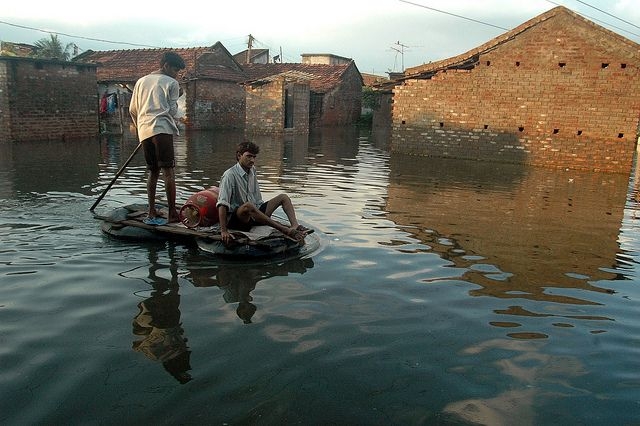Keep global warming below 1.5 degrees to avoid its disastrous effects, warns UN

The former United Nations Climate Chief, Christiana Figueres, has warned that the world must limit global warming to 1.5 degrees so that vulnerable people will have a 50% chance of surviving its effects.
The Paris Agreement sets the goal of keeping surface temperatures ‘well below’ 2 degrees; however, Figueres has since commented that failing to cap warming at 1.5 degrees would be disastrous.
"The reason why 1.5 degrees as a maximum temperature rise is absolutely crucial is because it is the only temperature that gives a 50 percent chance for the most vulnerable populations to survive the effects of climate change”
"From where we stand today, I hear everyone think that's impossible. Well, you know what? We're just going to have to make it possible."
According to Figueres, a 2 degree rise in temperature would leave most of the low-lying pacific islands and parts of Bangladesh completely underwater.
Figueres spoke at Invisible Dust’s conference on women and climate change and drew attention to the large numbers of people climate change will displace:
"What do we do about 95 percent of the Pacific Islands going under water? That means those people have no home - talk about forced migration”
A 1.5 degree cap on temperature rise would also prevent mass food shortages.
Since the late 1800’s sea levels have risen 26cm due to melting ice and water expansion caused by climate change. By 2100 sea level is expected to have risen by a further metre.
Estimates also suggest that a 2 degree temperature increase will increase extreme weather, in 2017 18.8 million people around the world were displaced due to extreme weather events.
The World Bank recently reported that by 2050 there could be as many as 140 million climate migrants.
Our AIDF Global Summit returns for its 10th Anniversary on 5-6 September in Washington, D.C. Join us to discuss key challenges for global development.
If you’d like to stay informed on the latest updates in aid and development, please sign up for the AIDF newsletter.
Image credit: Global Environment Facility















